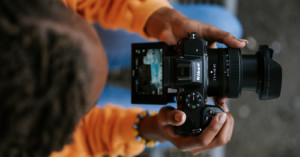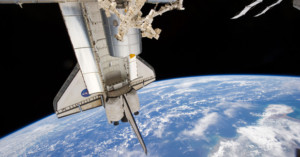
Test Finds That Cropping is Better Than Using a Teleconverter
A professional photographer has analyzed more than 3,000 photos to see if cropping into a photo is better or worse than using a teleconverter.

A professional photographer has analyzed more than 3,000 photos to see if cropping into a photo is better or worse than using a teleconverter.

How does the legendarily heavy-duty Sigma 200-500mm f/2.8 EX DG lens translate to use for portraits today? What about when combined with teleconverters on a Sony Alpha 7 Mark III?

Teleconverters are handy lens add-ons that multiply the focal length of the lens they are attached to. They can be mounted in between the camera body and lens (typically a telephoto lens) and increase the focal length of the lens to which they are attached.

Canon has patented a rather unusual product: a variable, zoomable 1.0x-1.5x-2.0x teleconverter that changes by moving a lever. Based on the design, it's likely that a lens like the RF 100-500mm would be compatible with it.

In addition to the Nikon Z5 entry-level full-frame mirrorless camera, the company made a few other announcements today, including: a compact 24-50mm f/4-6.3 zoom lens, two teleconverters, and the news that bespoke webcam software for Nikon cameras is on the way.

Everybody wants to get closer when shooting wildlife, and one of the most affordable ways of doing this is to buy a teleconverter. These little gadgets will instantly add to your lens magnification without making your wallet thousands of dollars lighter... but are they worth it? Let's find out.

Nikon and NASA are showcasing some amazing photos taken aboard the International Space Station with Nikon equipment. According to Nikon, NASA took over 700,000 photos with the Nikon gear kept on board, which includes one Nikon D3S DSLR, eight Nikon D2XS cameras, 36 NIKKOR lenses including three teleconverters, seven SB-800 Speedlights, and other gear. Nikon notes that the D3S is unmodified, and is the same quality as available on the consumer market.
Nikon has a long history with NASA since sending a Nikon F camera with Apollo 15 in 1971. Since then, Nikon's enjoyed exposure while helping NASA get image exposures. Most recently, the D3S that is currently on board was delivered to the ISS via the Space Shuttle Discovery, launched April 10, 2010. NASA says each shuttle launch costs approximately $450 million -- that is one expensive delivery! Here are more images from the International Space Station taken with Nikon gear: